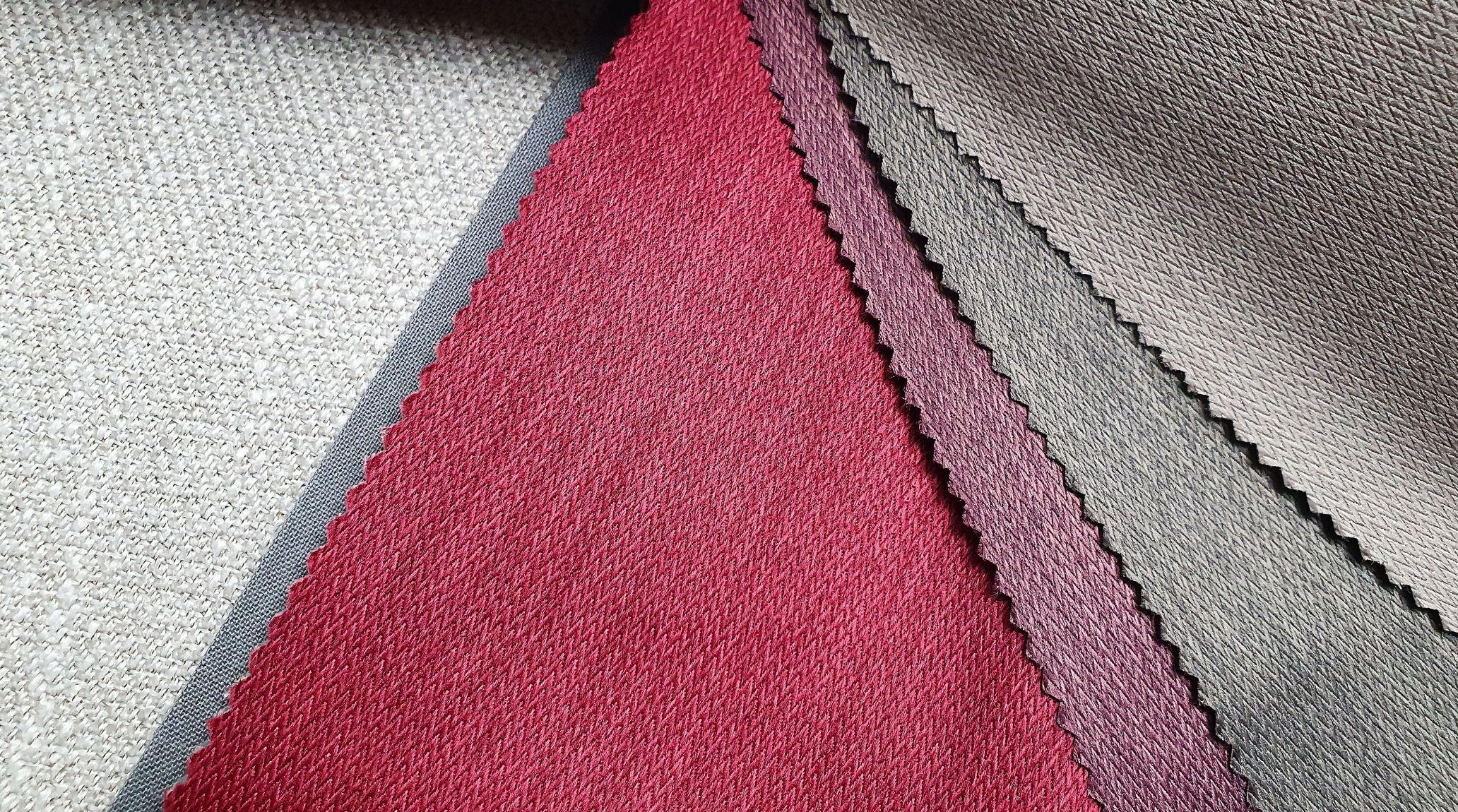
“
Leather is a material with a remarkable history and an array of applications. This article highlights 20 amazing facts about leather, showcasing its properties, evolution, and significance in various sectors. From traditional craftsmanship to modern innovations, leather’s impact is profound. These facts will help you appreciate the versatility of leather and its continued relevance in everyday items and specialized industries.1
1
”
The oldest leather shoe, discovered in the Areni-1 cave in Armenia in 2008, is 5,500 years old. Made from a single piece of hide leather and molded to fit the wearer’s foot, it measures 24.5 cm (0.8 ft 10 in) long. 1

Leather’s natural oils and fats make it resistant to water. This inherent property helps protect leather items from moisture damage. The structure of leather allows it to repel water effectively, enhancing its longevity.
Leather can be tanned using different methods involving tree bark tannins. Modern tanning processes often use chromium salts for faster results. Both methods preserve the leather but impart different characteristics. 2
Over time, leather develops a unique patina, adding character. This aging process can make leather items look more distinguished. The patina forms due to daily use and environmental exposure. 3
The longest leather belt measures 62 meters 91 centimeters (206 feet 36 inches) and was made by the Almpani Brothers factory in Thessaloniki, Greece, on June 1, 2008. It is 4 centimeters (1.58 inches) wide and 5 millimeters (0.2 inches) thick. 4
High-quality leather is known for its exceptional durability. Proper care can last for decades and even improve with age. Unlike synthetic materials, leather often develops a richer appearance over time. 5
Unlike plastics, leather is a natural and biodegradable material. It decomposes over time, reducing environmental impact. This property contrasts with synthetic alternatives, which persist in landfills. Choosing leather supports more sustainable material choices. 6
Leather provides excellent insulation, making it ideal for protective clothing. It helps retain warmth in cold conditions and offers comfort. This makes it a popular choice for gloves, jackets, and footwear. 7
Leather’s texture and appearance vary with environmental conditions due to its pores. In humid environments, leather absorbs moisture and becomes softer, while in dry conditions, it becomes tougher. 8
Leather has been used creatively in art and craft for centuries. Artisans create intricate leather sculptures and embossed designs. Its malleability allows for detailed artistic expression. Leather’s unique texture makes it a favored medium for creative endeavors.9

NASA has utilized leather in astronaut gear for its durability. It’s used in gloves and helmets to provide a good grip in space. Leather’s resilience under extreme conditions makes it suitable for such applications.
Vegetable tanning uses natural plant tannins and is more eco-friendly. This traditional method avoids toxic chemicals used in chrome tanning. It results in a more sustainable leather production process. 10
Leather has been a critical material in musical instruments for centuries. Drumheads were traditionally made from animal skins, contributing to their sound. Even today, leather is used in drum kits for its acoustic properties. 11
Historically, leather has been used to make medical braces and supports. Its durability and flexibility make it suitable for medical applications. Leather provides essential support while being comfortable for the wearer. 12
Leather comes in different types: full-grain, top-grain, and split leather. Each type has unique processing methods and characteristics. Full-grain leather is known for its durability, while split leather is more affordable. 13
Leather is famous for vehicle interiors due to its comfort and durability. High-end vehicles often feature leather seats and trim to enhance luxury. Its appearance and feel contribute to a premium driving experience. Leather in cars combines aesthetics with practicality. 14
Leatherworking is a skilled craft involving cutting, stitching, and finishing techniques. Artisans create various items, from shoes to belts, showcasing their expertise. Each piece of leatherwork reflects careful craftsmanship and attention to detail. 15
Remarkably, leather generates more annual revenue than the combined sales of rubber, tea, rice, cotton, sugar, and coffee. Of this, 40 percent is spent on products like furniture and automotive goods, while 60 percent goes toward wearables. 16
The largest leather belt measures 19.13 meters (62 feet 9 inches) long, 68 centimeters (26.75 inches) wide, and 1 centimeter (0.39 inches) thick. Created by Yogeshbhai Thakorbhai Chavda in India, it was presented and measured in Kabod, Gujarat.17
Vegan leather is commonly made from polyurethane, a versatile polymer customizable for designers. It can also be crafted from sustainable materials like pineapple leaves, cork, apple peels, fruit waste, and recycled plastics. 18


